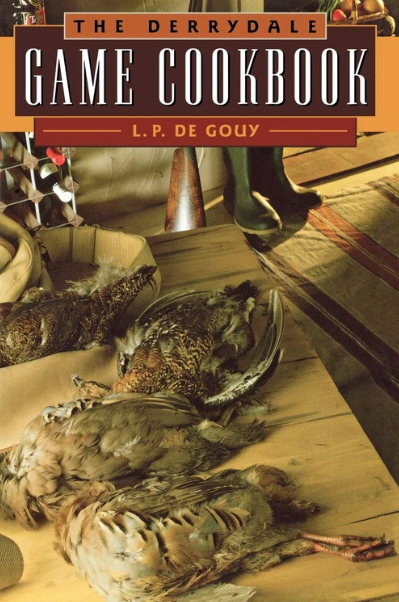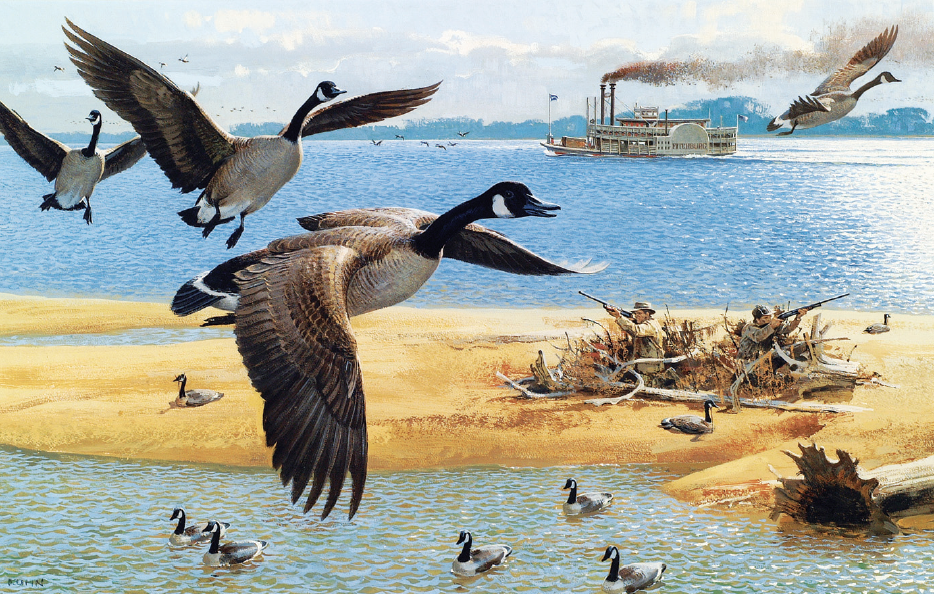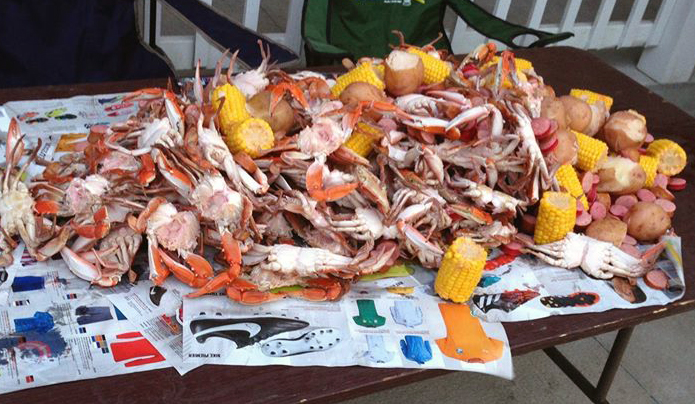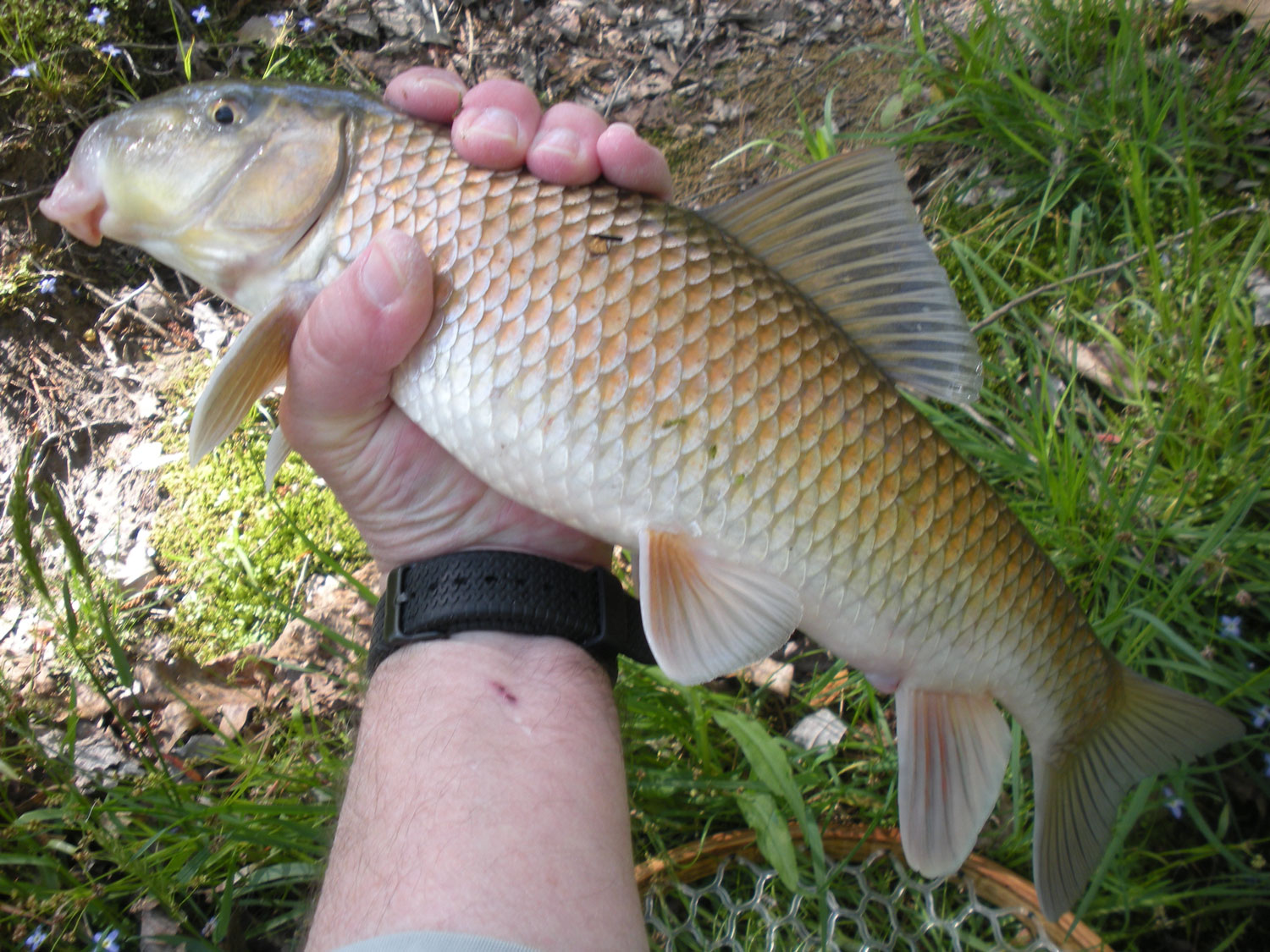Excerpted from The Remington Cookbook, Jim Casada offers a few tips and tricks for preparing delectable duck and geese recipes.
Do it Easy or Do it Right: Skinning versus Plucking
Visit any waterfowl camp or sit with several buddies in a duck blind and sooner or later you’ll get a debate on the best way to dress ducks or geese. In the final analysis, it comes down to personal preference and perhaps how much time you have available, but make no doubt about it, the very finest eating comes from plucked birds. The fat in the skin works self-basting wonders, holding moisture in the breast or other parts of the bird. It is particularly important to pluck when planning to roast or bake a bird. On the other hand, if you have sliced goose breast cooked on the grill in mind, or plans to use chunks of a duck in a hearty gumbo, skinning isn’t such a tragedy.
Without question, skinning is quicker, but you might be surprised how easy it is to pluck a duck. This is especially the case if you’ll go ahead and do it soon after killing the bird. The feathers let go much easier while the duck or goose is still warm, and some hunters I know carry large grocery bags for just this purpose. Stuff the bird inside and you still have working room to pull away feathers. You won’t have feathers all over the blind, and you don’t even have to watch what you are doing (who wants to quit scanning the horizon when ducks are flying?)
Save Those Legs & Livers
Many hunters just breast out ducks or geese, then discard everything else. By doing so, they are missing some delightful eating. Those who know the wonders of waterfowl cookery will tell you that the legs are the best part. You can use them in a variety of ways, but by all means save the meat. Likewise, and this is especially the case with geese, the liver, heart and gizzard provide the raw material for scrumptious pate. Save these organ pieces over the entire season (and in many cases your hunting buddies will gladly give you theirs), and in the end you should have plenty for a nice batch of pate.
Although you can adjust to suit your individual taste, preparation of pate is easy. Just cook the organ meats, drain, cut into pieces and mince or place in a blender. With the addition of ingredients such as raw onion, boiled eggs, black pepper, capers or the like, you have the makings of a first-rate hors d’oeuvre.
The Case for Cubes
When we think about dining on duck or goose, most of us picture a bird roasted to a perfect turn or breasts prepared in some fashion. Yet the virtues of cutting waterfowl into cubes should not be overlooked. They can be used as kabobs, and chunks of breast meat interspersed with cherry tomatoes, new potatoes, pieces of onion, slices of bell peppers, mushrooms or other vegetables and grilled make a fine main dish. Sear the cubes at the outset and then cook to the point where they are rare to medium-rare (still pink) in the middle. Similarly, cubes can be used in gumbo, bogs (also known as pilaus or pilafs), crockpot dishes or rich, savory stews.
Waterfowl on the Grill
Grilling is a fast, relatively fail-safe method of cooking waterfowl. In particular, breasts of ducks and geese lend themselves to preparation on the grill. With smaller ducks such as woodies or teal, the best approach is to grill each side of a filleted breast whole. When it comes to larger ducks and especially geese, however, the better approach is to butterfly the breast or cut it into conveniently sized slices. Get your coals red hot—you need to be sure the meat will be seared almost immediately in order to keep juice and flavor in—and put the waterfowl on the grill. One turn, with just enough cooking to heat it through but leave the middle pink, will give you tasty treats. If you worry about the meat being too dry, add strips of bacon or baste with separate marinade.
 Like the hunting and fishing classics Derrydale published in the 1930s, this cookbook has only improved with time. This is a no-nonsense, practical guide to cooking virtually every kind of wild game with everything from simple recipes to gourmet level preparation.
Like the hunting and fishing classics Derrydale published in the 1930s, this cookbook has only improved with time. This is a no-nonsense, practical guide to cooking virtually every kind of wild game with everything from simple recipes to gourmet level preparation.
L.P. De Gouy is the author of the Pie Book, The Soup Book, Sandwich Exotica, The Derrydale Fish Cookbook and more. Buy Now




